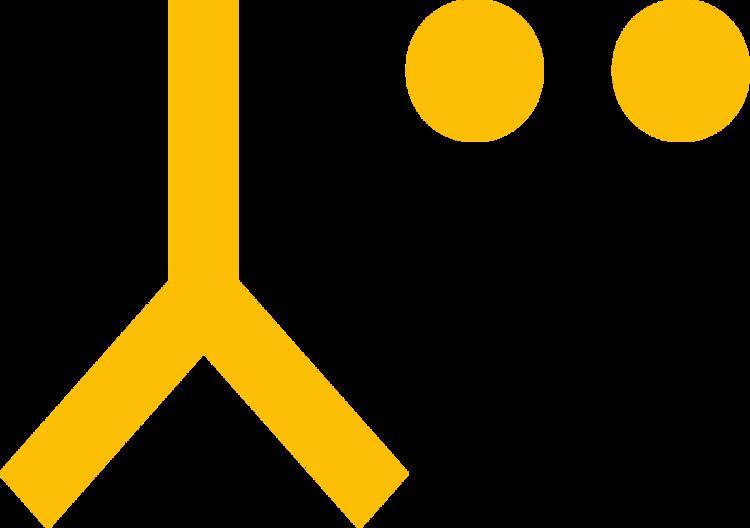Active 1939–45 Branch Army | Type Panzer | |
 | ||
The 6th Panzer Division (English: 6th Tank Division) was an armoured division in the German Army, the Heer, during World War II, established in 1939.
Contents
The division, initially formed as a light brigade, participated in the invasions of Poland, Belgium, France and the Soviet Union. From 1941 to 1945 it fought on the Eastern Front, interrupted only by periods of refitting spend in France and Germany. It eventually surrendered to US forces in Czechoslovakia in May 1945 but was handed over to Soviet authorities.
History
The 1st Light Brigade was a mechanized unit established in October 1937 in imitation of the French Division Légère Mécanique. It was intended to take on the roles of army-level reconnaissance and security that had traditionally been the responsibility of cavalry. It included mechanized recon units, motorized infantry, and a battalion of tanks. The concept of the Light Brigade, of which three were planned by the Wehrmacht, quickley showed its flawed nature and was abandoned.
In April 1938 the brigade was enlarged to become the 1st Light Division, receiving the 11th tank regiment as an attachment for its participation in the occupation of the Sudetenland in October 1938 and the subsequent dismantling of Czechoslovakia in March 1939. Following the latter the division received 130 Czech-build tanks which were superior to the Panzer I and Panzer II the division had been equipped with. In 1939, the division fought in the Invasion of Poland. Due to shortcomings that the campaign revealed in the organization of the Light divisions, it was reorganized as the 6th Panzer Division in October 1939, as were the other three light divisions which became the 7th, 8th and 9th Panzer Divisions.
As the 6th Panzer Division, it participated in the 1940 Battle of France, still equipped with the Czech-build tanks which proved efficient but difficult to maintain because the maintenance manuals were in Czech rather than German. The division was part of the German advance to the English Channel through Belgium. It then swung back towards the French-Swiss border before relocating to Eastern Prussia in September 1940 where it remained until June 1941. At the time of the German invasion of the Soviet Union the division had 239 tanks, but only twelve of those were Panzer III, which were still inferior to the Soviet main battle tanks at the time.
In June 1941, it joined Operation Barbarossa, fighting at first under Army Group North for Leningrad. At the Battle of Raseiniai two of its Kampfgruppes consisted of:
On 23 June, Kampfgruppe Von Seckendorff of the Division, with, for that morning only, Motorcycle Battalion 6, was overrun by Gen. Yegor Solyankin's 2nd Tank Division from the 3rd Mechanised Corps near Skaudvilė. The German Panzer 35(t) tanks and antitank weapons were ineffective against the Soviet heavy tanks—some of them were out of ammunition but closed in and destroyed German antitank guns by driving over them. The Germans concentrated on immobilising the Soviet tanks by firing at their tracks and then by tackling them with artillery, anti-aircraft guns, or by blowing them up with explosive charges of the sticky bomb type.
6th Panzer Division was soon transferred to Army Group Center, where it fought in the Battle of Moscow and the Rzhev-Vyazma Salient. With the Soviet counter offensive in December 1941 the division was pushed back and suffered the loss of all its tanks and most of its vehicles. Severely decimated the 6th Panzer Division was sent to France to be rebuilt in March 1942 and equipped with more modern tanks. It was moved to southern France after the US landing in North Africa but soon after relocated to the southern sector of the Eastern Front after the German 6th Army had been entrapped at Stalingrad. It was part of the failed German attempt to break through to the encircled forces but then had to retreat to escape encirclement itself. The division was part of the German retreat and counter offensive at Kharkov and the failed attempt to regain initiative in the Battle of Kursk.
The 6th Panzer Division was part of the only partially successful relief operation at the Korsun-Cherkassy Pocket as well as the escape from the Kamenets-Podolsky pocket. After the retreat through the Ukraine the division was send to Germany for reorganisation but hastily returned to the Eastern Front in July, after the destruction of the Army Group Center in the Soviet Operation Bagration. It was part of the German defence of northern Poland and East Prussia before being relocated to Hungary in December 1944. It took part in the battles around Budapest before retreating into Austria and taking part in the defence of Vienna. When the city fell it moved into Czechoslovakia where it surrendered to US 3rd Army in May 1945 but was handed over to Soviet forces.
War crimes
Soldier of the division executed an unknown number of black prisoners of war from the 12th Senegalese Tirailleurs regiment in mid-June 1940. It is estimated that, of the 40,000 black soldiers from the French colonies engaged in combat with German forces during the battle of France 1,500 to 3,000 were executed either during or after combat.
Commanders
The commanders of the division:
Organisation
The organisation of the division:
